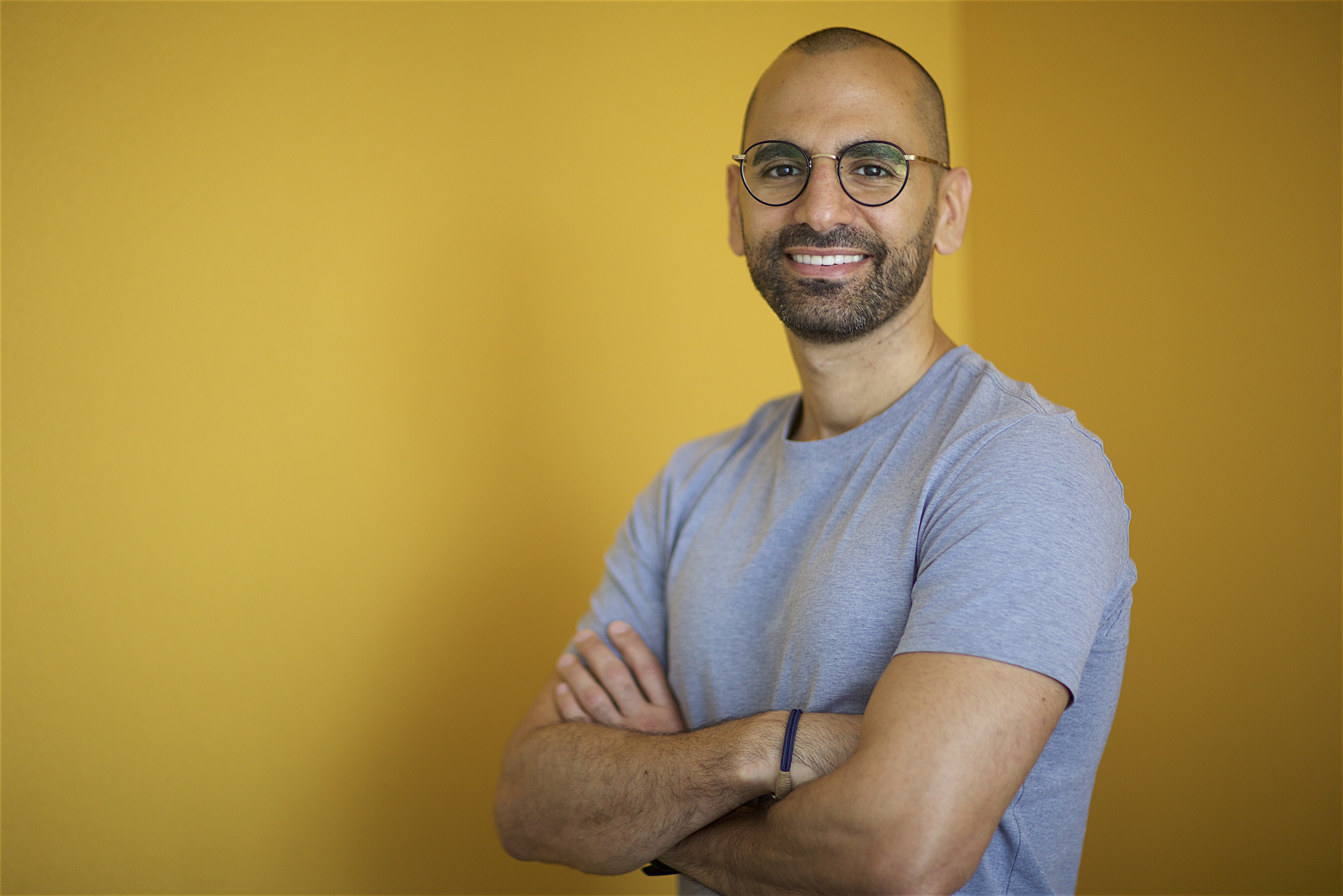A communications platform inspired by real-life interactions, Snap has been aggressively pushing its Discover feature towards media companies.
Because its core objective remains to allow users to communicate easily and comfortably, unlike other social media platforms that focus more on popularity, Snap is offering a unique avenue to publishers aiming to reach the 218 million people that open the app more than 30 times every day.
“Snap is a messaging service by design, but one where, because you have real friends, you feel a lot more comfortable to share – like chatting with your friends using pictures and videos every day. As a content person, I ask [this wealth of users], ‘Hey, do you want to watch this?’,” explains Rami Saad, Head of International Content Partnerships.
A dedicated space for publishers
Because on Snap, access to users is not open like it is on other platforms, the content that is shared on its Discover feature – where partner media companies and brands can publish their own content – can be individually curated by Snap’s content team. “Other companies tend to shy away from any degree of human intervention. We actually head-on say: We are an organization that, from a content perspective, values editorial credibility. We have a team of humans whose job is to help curate the feed, work closely with partners to deliver best practices and ensure that we have a pretty broad and diverse set of different views that really represent a community,” he says.
Whereas other platforms offer content in a feed that aggregates all types of formats and sources – whether it is paid or not – Snap insists on providing content clarity and hierarchy. “We found that, because of the mishmash of many different things, it’s very hard to discern what’s authentic and valuable [on other platforms’ feeds]. That’s why we thought we needed to reset the rules and create a whole new rule book based on real values. The first question that came to our mind was, how do we build a content experience where the user always knows what to expect; where premium is really premium; where you can see what’s professionally-created and what’s content from people and from friends,” explains Saad.
As a result, the content team’s role is first to grow the total content that’s available on Snap by building partnerships with media companies. But most importantly, it is also to ensure that this content is right for the users.
Walk the content walk
This part of the job is crucial: “We act a bit like a broadcaster. For brands to be able to publish [on Discover], our editorial team needs to approve the content. Partners submit a pitch to us. If the team is interested in it, we order it; we agree on a publishing schedule; and they begin to publish it,” says Saad, who adds that the quality of the content is also monitored constantly to ensure that the Snap editorial guidelines are respected: “One of the most important promises that we make to the users is that, whenever they go to Discover, they’ll see a professionally-created piece of content; it will be 100% vertical, made for mobile. There’s no room for content that is not vertical and created for mobile. And that’s a promise other platforms can’t make because, once again, their content is not curated,” he explains.
The platform provides machine learning tools to optimize the content, while the Snap Publisher suite allows TV partners looking to publish made-for-TV content to easily upload the material, edit it, cut it into a vertical format, and publish it.
One key element Saad insists on is making sure that the first three seconds of content will grab the user’s attention and ensure that the rest of the content will be watched. “Again, we borrow from real-life behaviors; we do learn a lot from the way people interact. If you just met someone and you just have a few minutes, the first thing you want to tell them is, ‘I have an amazing idea and I think you’ll love it. I work in this company; do you have a couple of minutes?’ This is how you’d introduce yourself. You wouldn’t just go, ‘I want to tell you a story.’” This is why the highest peak moment in the piece of content should be upfront, “unlike television where you have the time to build up a character and tell a story over a much longer arc. With Snap, it’s about immediately telling what to expect and establishing the hook for staying and watching the rest of the content,” he explains.
As for duration, there’s no maximum cap, “but the most successful Shows range between three to five minutes per episode. It tends to be the burst of time, that users are willing to give you for a specific piece of content,” adds Saad.
And interestingly, if a Show is not working, it simply gets canceled so that no time and energy are wasted on both sides. “Our partners really appreciate that we care about the performance of their content. We fiercely look at this as a business. When you’re publishing content, I want to understand your costs, I want you to make money, I want to make sure that the money you make is higher than the cost that you’re actually investing in producing and publishing this content,” says Saad.
The results speak for themselves: in 2019, time spent in Discover has grown 35% year-on-year globally, and by a whopping 85% in MENA between Ramadan 2018 and Ramadan 2019 – during which the total of hours per day spent watching premium content was more than 20% higher than in the two weeks prior to the holy month. Additionally, the amount of content available on Discover in the region has more than doubled and over 100 Shows have been published by some of the region’s top media companies such as MBC, Rotana, Saudi Broadcasting Authority, Saudi Research and Marketing Group, UTurn, Discovery and 7awi. In KSA alone, the time that Snapchatters are spending watching premium content doubled year-on-year; over 11.5 million people are watching content on Discover in any given month; and three in four daily active users watch this content every single day.





